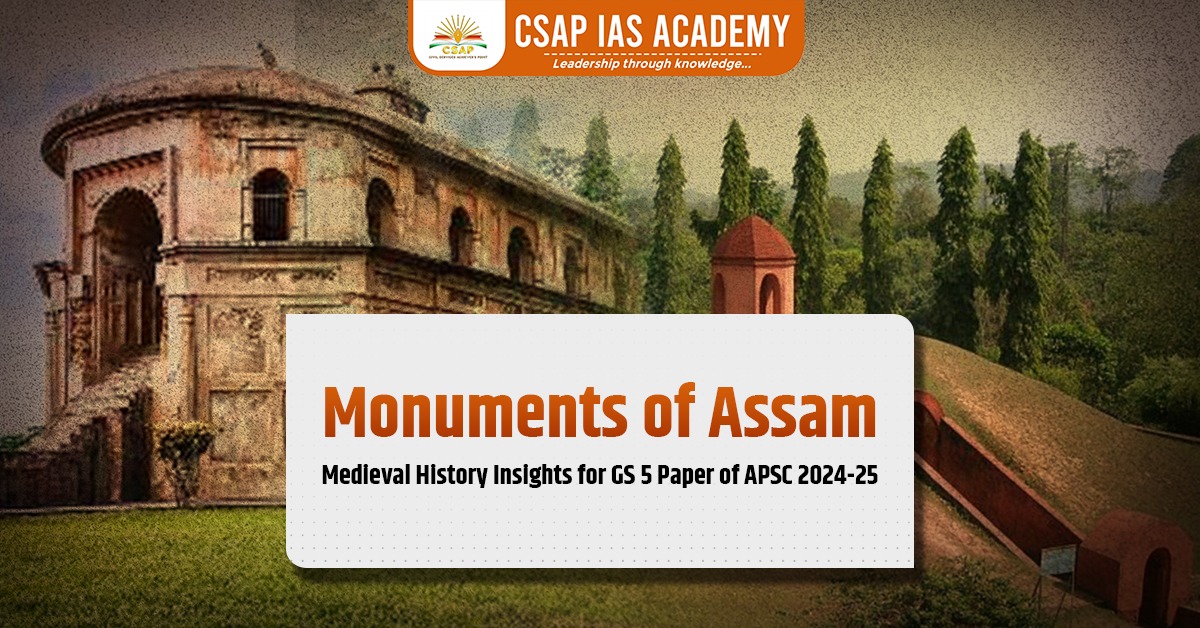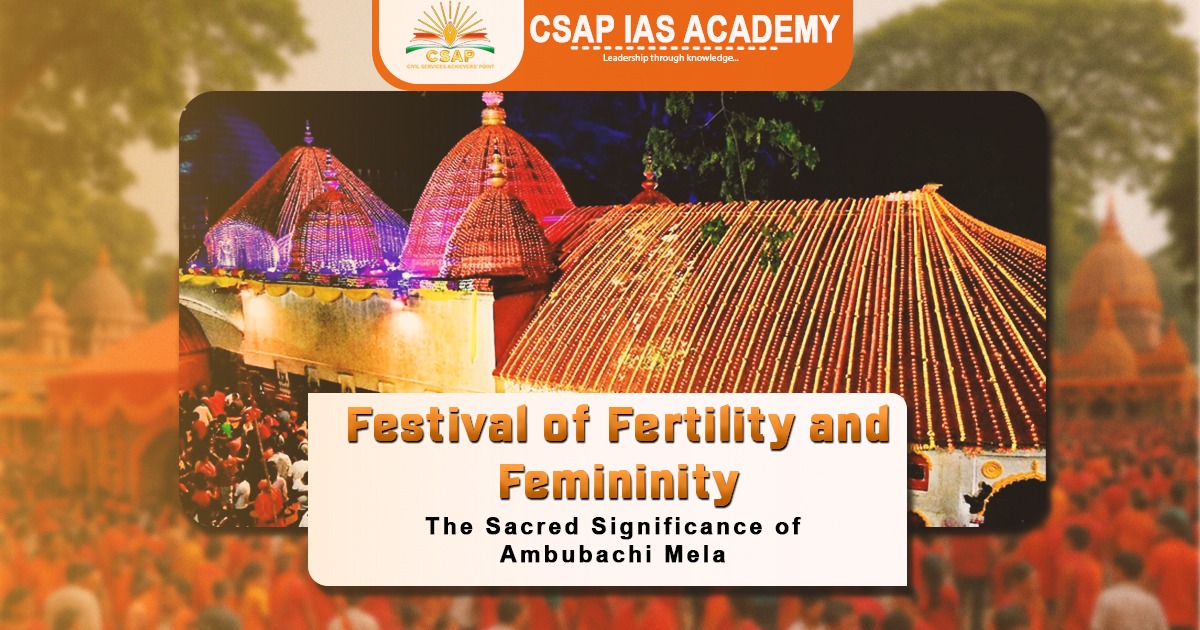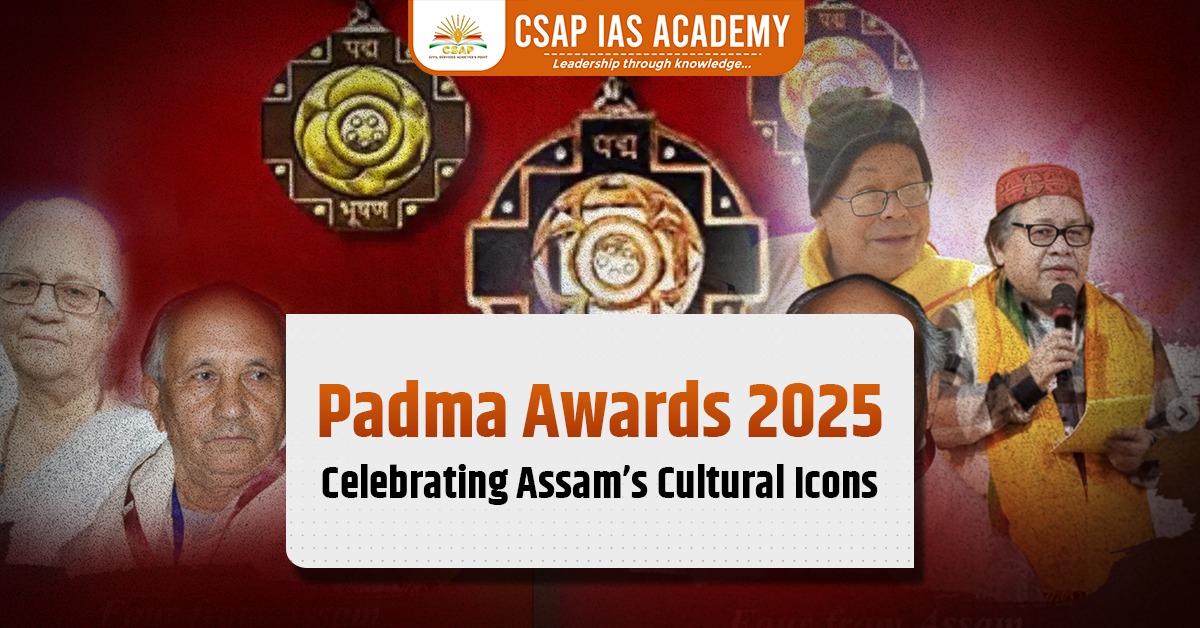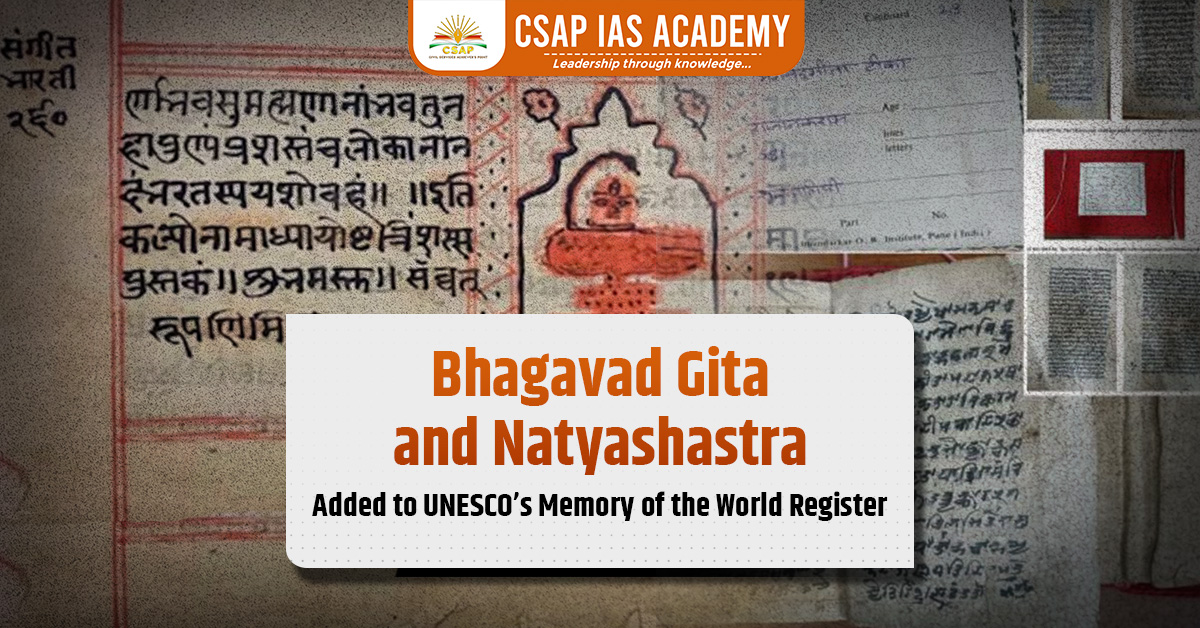In this article, we will discuss the rich and diverse monuments of Assam that stand as timeless testaments to the region’s medieval history. These structures not only reflect the grandeur of Assam’s medieval past but also embody the cultural, architectural, and religious heritage that shaped its evolution.
From intricate carvings to majestic forts, medieval monuments of Assam offer a glimpse into a vibrant period marked by dynastic rule, strategic conquests, and the blending of indigenous traditions with external influences. Join us as we explore these remarkable landmarks that continue to capture the imagination of historians, archaeologists, and history enthusiasts alike.
Monuments of Assam in Medieval History
A large number of temples were built during the medieval period. Chilarai rebuilt the old temple of Kamakhya, which was said to have been destroyed by the iconoclastic hands of one named Kalapahar in 1487 Saka (1565 AD.). This temple’s general architectural plan is of the Sri Chakra type, with the Nat-Mandir or Mandapa, the Gopuram, and the Garbhagriha. The Sikhara is a cross between the Nagara and Vesara types. Near the Kamakhya temple is the temple of Ugratara, which has the same design and an imposing gate at the entrance.
The Umananda temple on Peacock Island is an adjunct temple to the Kamakhya temple. Garhgayan Sandikai Phukan built it in 1694 at the request of Gadadhar Singha. Raghudeva, Chilarai’s son, rebuilt the Hajo temple. This temple’s Sikhara is distinct.
Overall, no distinct Assamese architectural school arose, and the traces of different Indian schools noted in them were the result of foreign hands employed by the kings for the works at various times. This is also true of Ahom architecture. Changrung Phukan was in charge of the engineering and public works departments. He was to supervise all work and keep detailed records about it. This is a type of chronicle known as Changrung Phukanar Buranji.
The Ahom tradition of wooden architecture made stone and brick not a favourable medium of material for native Assamese artists and artisans. Architects were sent to the Koch kingdom by King Pratap Singha to learn the art of creating images of the goddess Durga.
UMANANDA MANDIR/TEMPLE
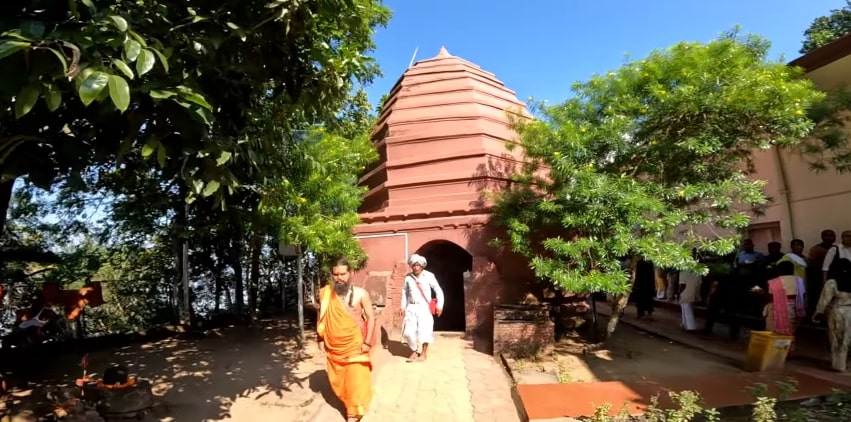
One of Guwahati’s most significant temples is the Umananda temple, which is situated on Peacock Island. This temple honours Lord Shiva and is located in the center of the Brahmaputra River. The temple was built in 1694 AD by Bar Phukan Garhganya Handique at the instruction of Tai-Ahom dynasty King Gadadhar Singh. This temple’s rock walls are covered in numerous sculptures and engravings.
The skill of the Assamese artisans in the area is showcased in these engravings and sculptures. Hindu deities including Surya, Shiva, Ganesha, and Devi are engraved on the walls. In addition to these, the area around this temple is home to sculptures of Lord Vishnu and his ten incarnations.
STORIES ACCORDING TO LEGENDS
Bhasmachala is the name of the region where this temple was built. Legend has it that Kamadeva once disturbed Lord Shiva as he was meditating on this hillock. Kamadeva’s rage consumed him, turning him to ashes as a result of this disruption.
According to the Kalika Purana It was thought that Goddess Urvashi lived here, who brought nectar for Kamakhya’s pleasure. Thus, Urvashi Island is another name for the island where this temple is located.
A powerful earthquake in 1897 caused significant damage to a large area of this temple. But a wealthy local businessman later rebuilt the damaged section. He also added Vaisnavite inscriptions to this temple’s interior during reconstruction. Worshipping here on an Amavasya day—especially when it falls on a Monday—is believed to bestow upon the worshipper the highest state of bliss.
In addition, an important festival that takes place here every year is Shiva Chaturdashi.
BASISTHA TEMPLE
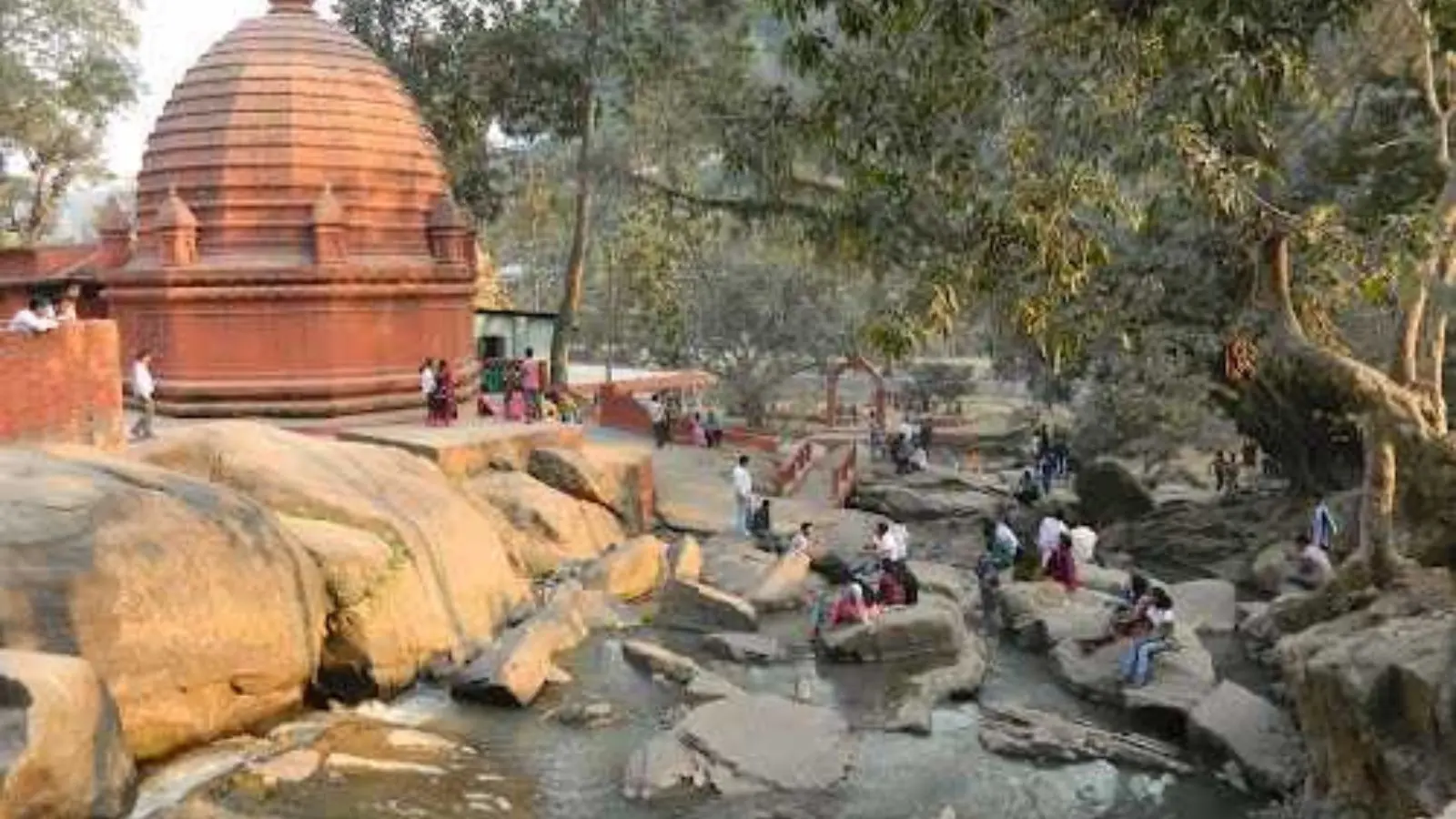
Basistha Temple is situated in the Sandhyachal hills. Ahom king Raja Rajeswar built the temple in the second half of the 18th century. The ashram serves as the confluence of the Sandhya, Kanta, and Lalita rivers.
STORIES ACCORDING TO LEGENDS
It’s said that taking a dip in the water improves one’s life and cleanses one’s sins. Additionally, this ashram and the sage Vashistha are associated with it.
A well-known myth states that the hermit Basistha used to perform his “sandhya” in a stream close to his ashram, which served as both his home and place of worship. The water in the stream turned impure, and the sage became restless because of Lord Indra’s passionate games with his queen Shachi and other heavenly women.
As a result, the sage cursed Indra with sexual contact with a Daitya woman. This curse changed Indra into a normal person, and the curse of Basistha also came true. Lord Indra, on the other hand, bestowed upon the Daitya woman the blessing that her son would become king. Her son went on to become the progenitor of the Ahom Kingdom and the ruler of the entire Assam region.
Another legend holds that the sage attained spiritual success by dwelling into the secrets of Sakta practices.
SUKRESWAR TEMPLE
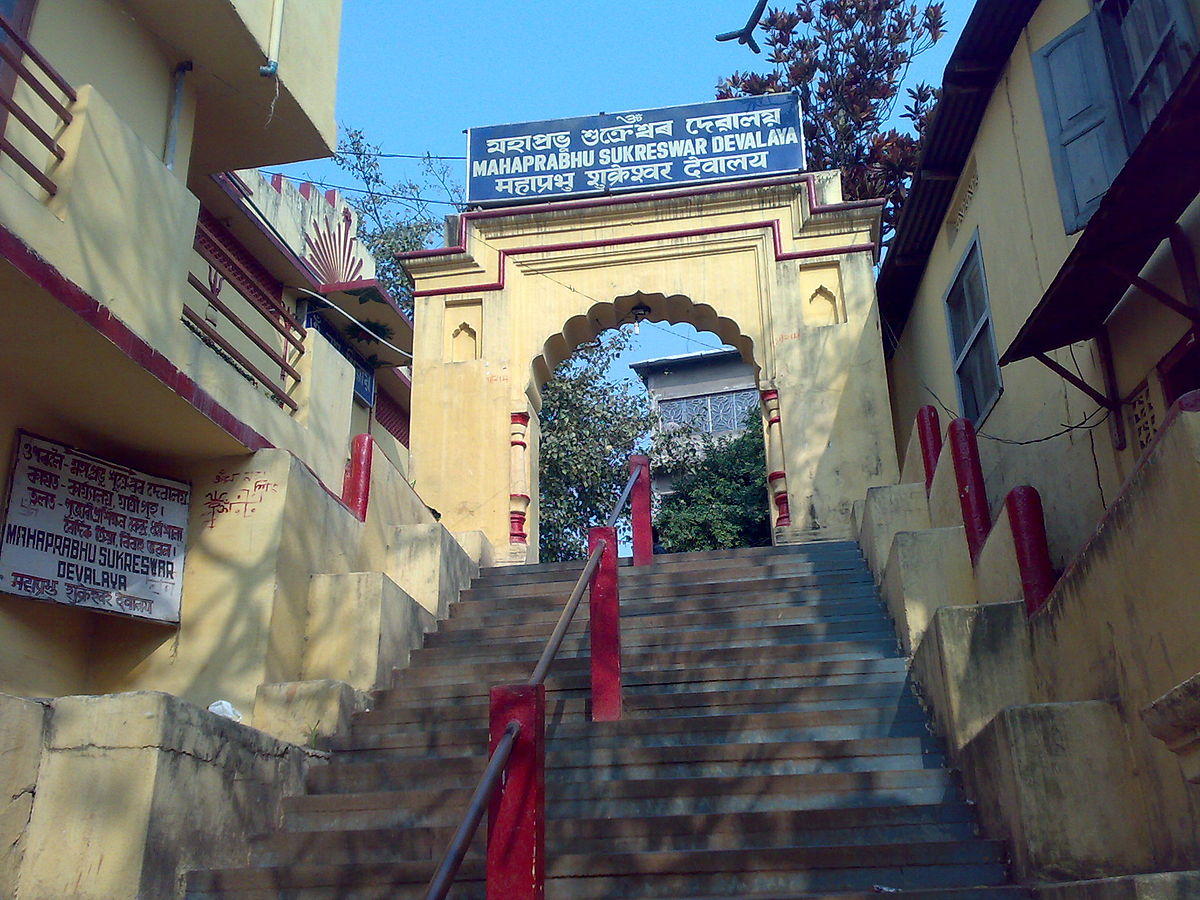
The Sukreswar temple, located in Sukreswar, is a Lord Shiva temple. The temple is well-known for housing India’s sixth Jyotirlinga. According to one popular belief, anyone who performs post-death rituals at this temple will achieve ‘moksha’ or peace for the dead.
This temple, built in 1744 by Ahom King Pramatta Singha, is said to be where Sage Sukra lived and worshiped Lord Shiva.
NAVAGRAHA TEMPLE
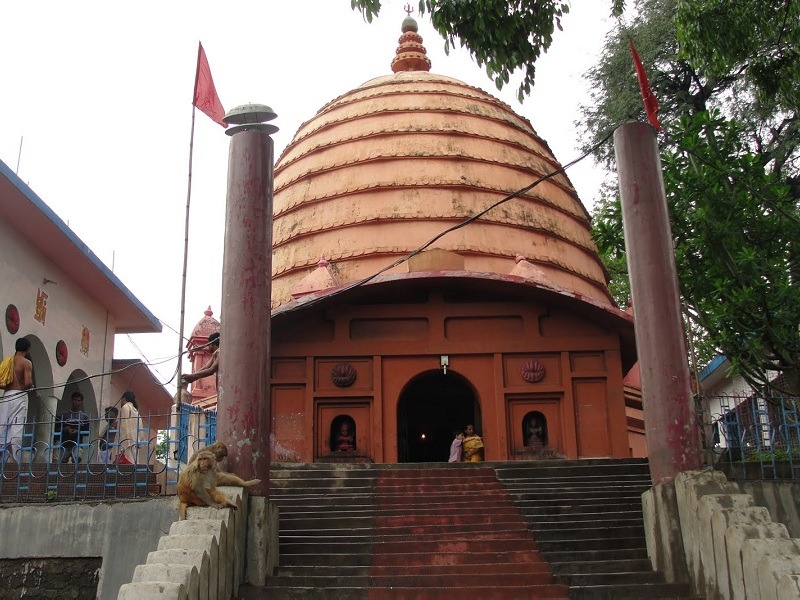
The Navagraha temple, located on Chitrasal hills, is dedicated to the solar system’s nine planets. A Shivalinga inside the temple represents each of the temple’s nine planets. The nine lingas, each dressed in a different colour, represent a different celestial body. This temple’s history can be traced back to the 18th century, as evidenced by inscriptions and recordings found on its walls.
It is one of Guwahati’s most popular temples, dating back to the reign of Ahom King Rajeswar Singha, son of Rudra Singha or Sukhrungphaa. The earthquake destroyed a large portion of this temple. However, the temple was rebuilt with ridged iron sheets a few centuries later.
A tank was excavated some distance away from the temple. This tank, known as Silpukhuri, provides continuous water supply to devotees. It is believed that the ancient name of Guwahati, Pragjyotishapura, originates from this temple, which is an important astrological and astronomical center in the state of Assam.
JANARDANA TEMPLE
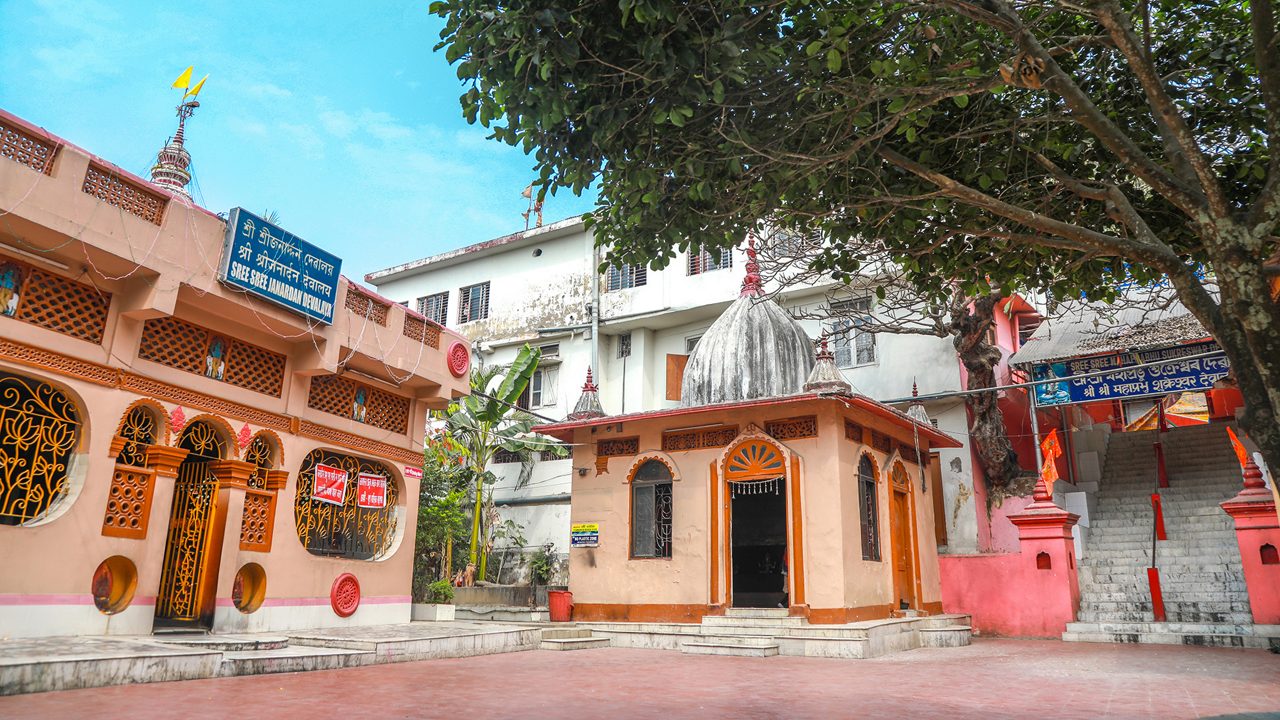
The Janardana temple is situated on the Sukleswar hillocks, close to the Sukleswar Ghat on the Brahmaputra River. The temple is thought to date back to the 17th century, when it was renovated. However, the Janardhana temple is thought to be much older, according to popular belief.
Inside the main hall of the temple, there is a Buddha idol. The architecture and construction style are both influenced by Hinduism and Buddhism.
UGRATARA TEMPLE
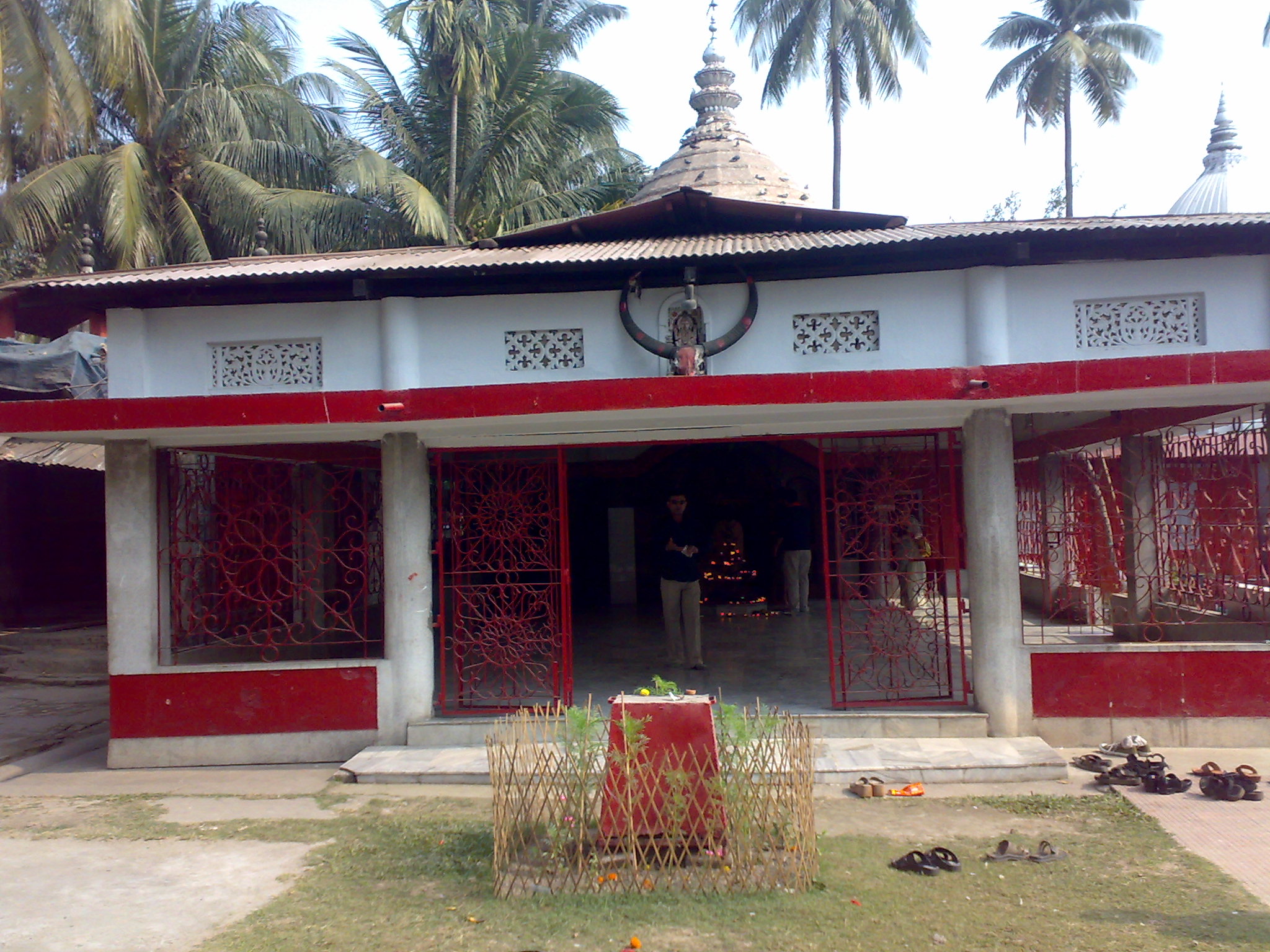
The Ugratara temple, located in Uzan Bazaar in the eastern part of Guwahati, is a significant Shakti shrine. This temple, built in 1725 by King Shiva Singh of the Ahom Kingdom, is one of the most important pilgrimage sites in the state of Assam.
The temple has a tank known as Jor Pukhuri, which is located in the temple’s east. The upper section of the temple was destroyed by an earthquake, and the current temple has undergone several renovations and modifications. The residing deity of this temple is Goddess Ugra Tara, who is thought to be another form of Parvati.
According to popular belief, this temple was built on the site where Sati’s navel fell to the earth after she died.
MAIDAMS
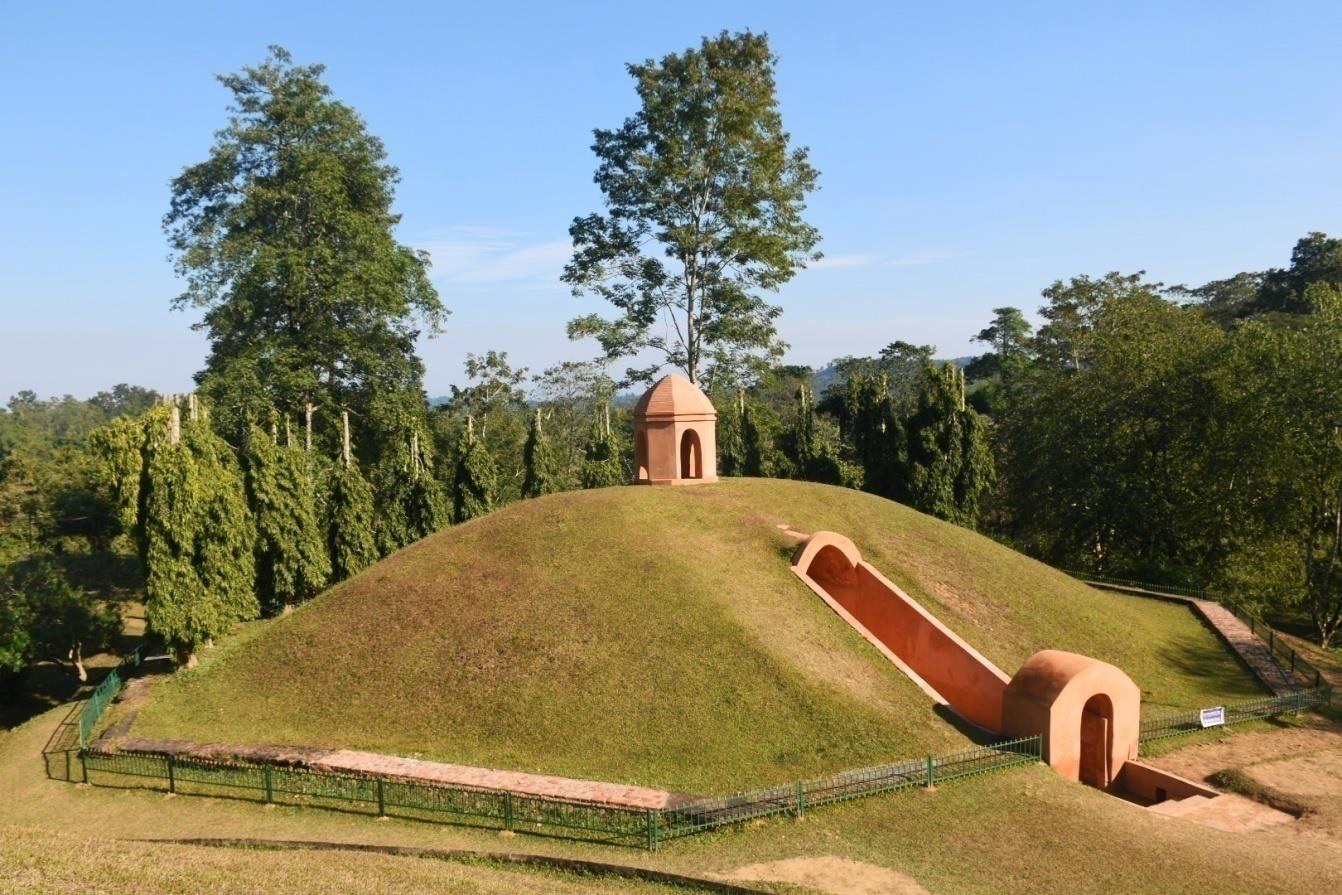
Maidams are the burial mounds of Ahom Kings, Queens, and Nobles. The term maidam comes from the Tai word Phrang Mai -Dam or Mai -tam. Phrang means to bury or bury, and dam means the spirit of death. There are many Maidams throughout the districts, but the best preserved are at Charaideo, 30.0 kilometres east of Sivasagar Town.
SIVASAGAR TANK AND TEMPLES
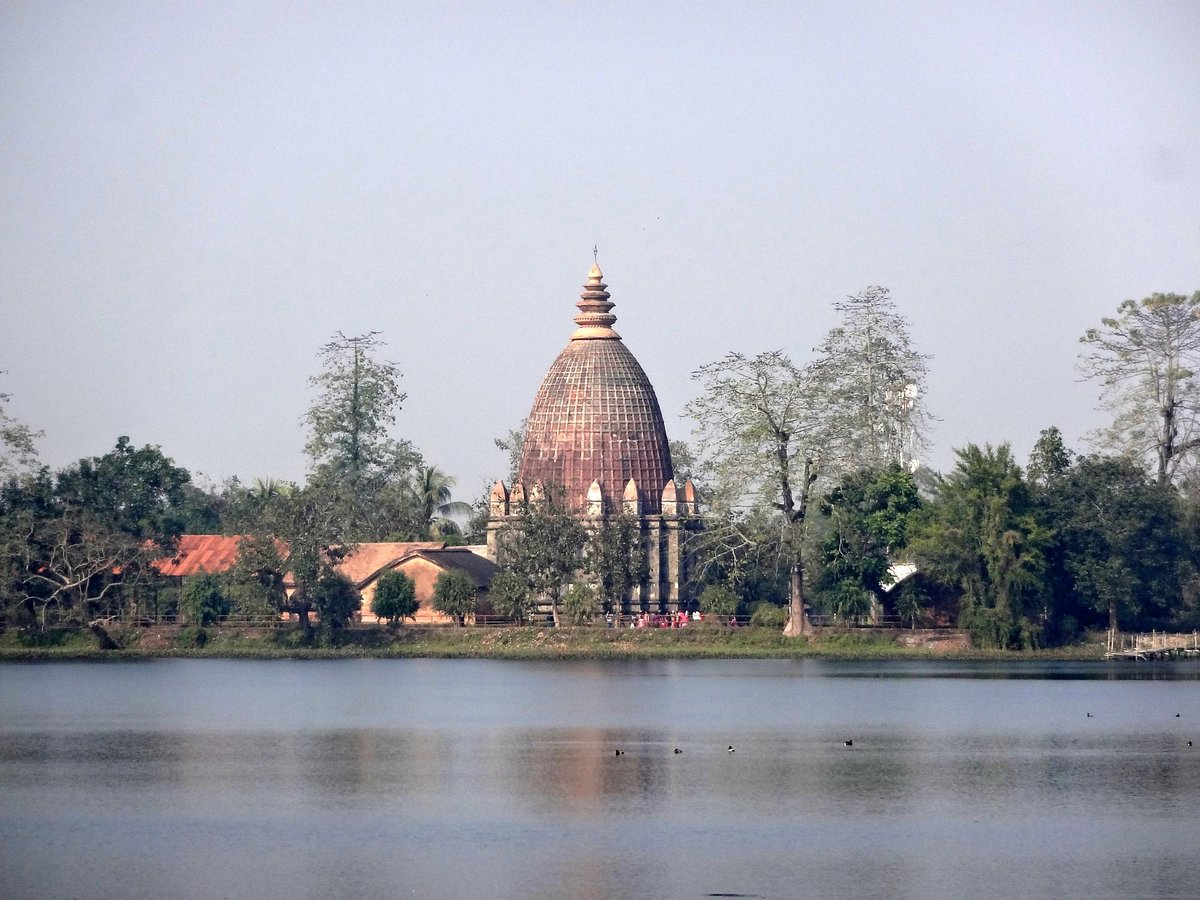
Shiva Doul, Vishnu Doul, and Devi Doul are located on the bank of the Sivasagar Tank, in the heart of Sivasagar Town. The ShivaDoul, one of the country’s tallest Shiva temples, was built in 1734 by Queen Phuleswari.
Queen Ambika alias Modambika, Swargadeo Siva Singha’s wife, excavated Sivasagar Tank. Borpukhuri is another name for the tank. It was discovered in the year 1733. It is a home for many migratory birds. This tank inspired the names of Sivasagar’s districts and sub-divisions.
RANG GHAR

Rang Ghar is known as Asia’s first amphitheatre or pavilion. Swargadeo Promotta Singha constructed it in 1744 A.D. At the base, it has an octagonal shape. The structure has two storeys. The structure’s roof is shaped like an inverted royal Ahom long boat, with the projecting heads of two small MAKARAS or JALAHASTIS facing north and south.
The Rang Ghar was built specifically for the royal families and public of the Ahom dynasty to enjoy recreational/sports activities.
TALATAL GHAR
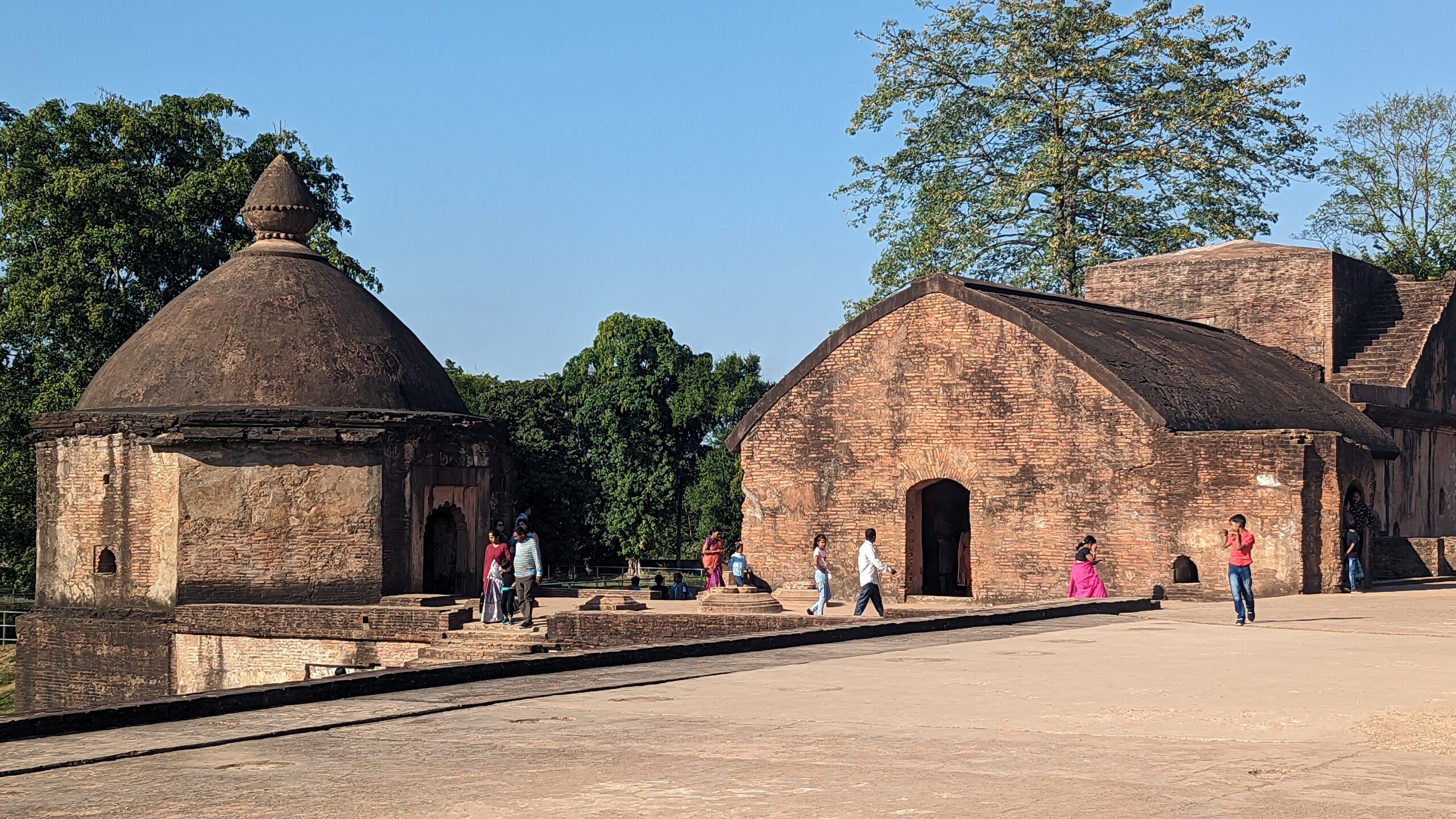
The largest of all Tai-Ahom monuments, a seven-story palace with three storeys underground known as Talatal Ghar and upper storeys known as Kareng Ghar, was built in the reign of Swargadeo Rajeswar Singha in 1765 A.D. It served as the Royal Court’s administrative headquarters as well as the Ahom Kingdom’s strategic military headquarters. It had three storeys underground and four storeys above ground.
The Talatal Ghar was originally constructed as an army base. It contains two secret tunnels and three floors beneath ground level that were used as escape routes during Ahom conflicts with other kingdoms. This is constructed of bricks and an indigenous cement.
There were two secret tunnels in the Talatal Ghar. One was approximately 3 kilometres (1.9 miles) long and connected the Talatal Ghar to the Dikhow River, while the other was approximately 16 kilometres (9.9 miles) long and led to the Garhgaon Palace and was used as an escape route in the event of an enemy attack.
KARENG GHAR
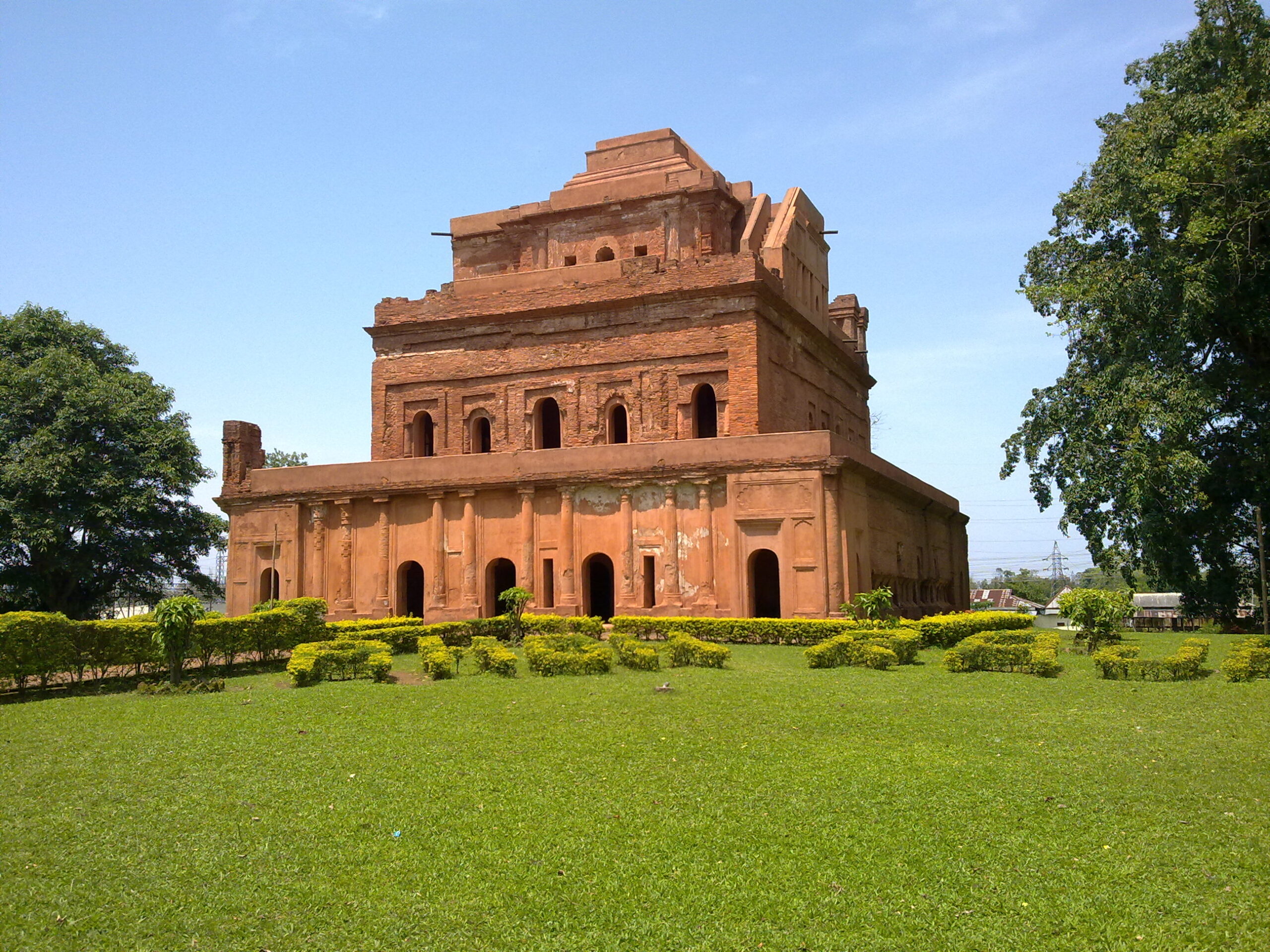
The Kareng Ghar, also known as Garhgaon Palace, is a grand example of Ahom architecture located in Garhgaon. It was the Gargaon Capital’s Central Administrative Building. It was originally built of wood until the reign of Swargadeo Pramatta Singha in 1751 AD. Swargadeo Rajeswar Singha, on the other hand, built the current permanent structure in 1752 AD, with a seven-story palace made of bricks and boulders.
JOYSAGAR PUKHURI AND VISHNU DOL
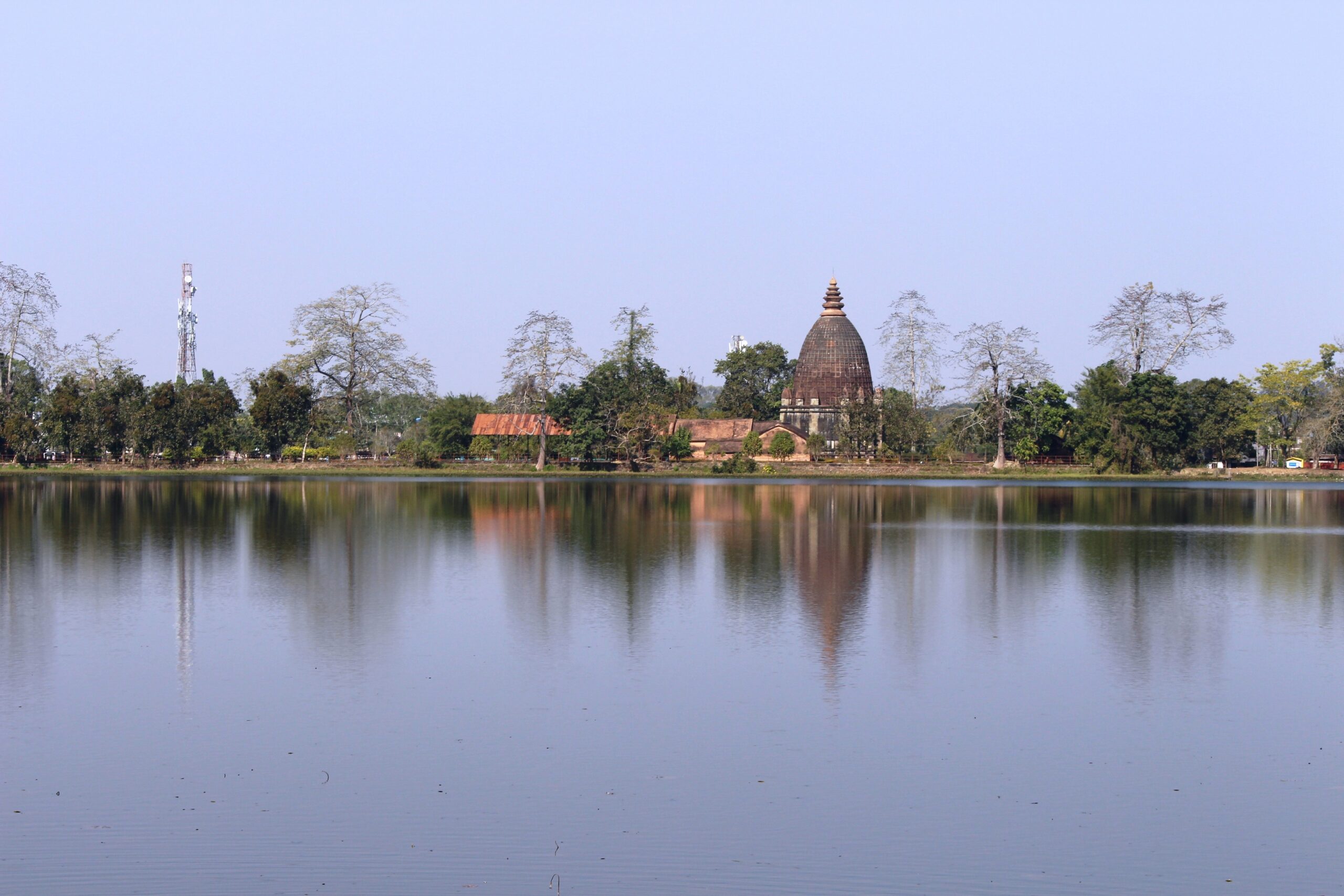
Joysagar Pukhuri (Tank) is located in Rangpur Nagar’s southern section. According to legend, Swargadeo Rudra Sigha dug it in 45 days in 1707 A.D. in memory of his mother Soti Joymati. The tank spans 318 acres (1.28 square kilometers). The lake’s water level is 14 feet higher than the ground level.
It’s a lovely tank that serves as a haven for migratory birds who visit every year. It is Asia’s largest man-made tank.
Joy Doul (Temple), also known as Keshabrai Vishnu Doul, is located on the Joysagar Tank’s northern side. It is a beautiful temple with a variety of art and culture that reflect the structure of the Ahom Era.
RANGANATH DOL
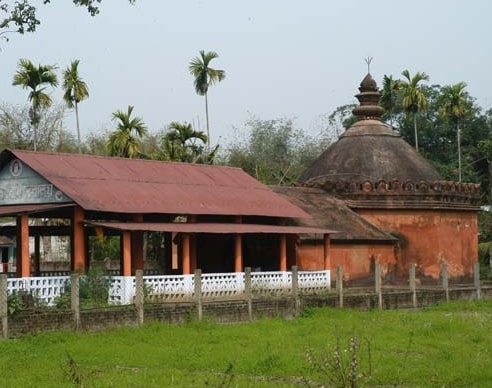
Swargadeo Rudra Singha built Ranganath Doul, a Shiva temple, near the Borduar or main gateway from the Joysagar Tank to the Talatal Ghar in 1703 A.D. This was constructed to offer prayers to Lord Shiva.
The temple is still used for daily worship, and it is a protected site under the Archaeological Survey of India.
FAKUWA DOUL

Swargadeo Rudra Singha built Fakuwa Doul in memory of his mother, Queen Joymati Kunwari, between 1703 and 1704 A.D. The Doul has a circumference of about 90 feet (27 meters) and a height of 30 feet (9.1 meters) from base to top.
Locals believe that this structure is a Maidam, or burial mound, of Queen Joymati, Swargadeo Gadadhar Singha’s patriotic wife. This unique monument has an octagonal plinth with eight “Angshikharas” at the base and four stairs leading to the top, where a shrine was built. It is a structure/temple resembling the Egyptian Pyramids.
GHANASHYAM HOUSE
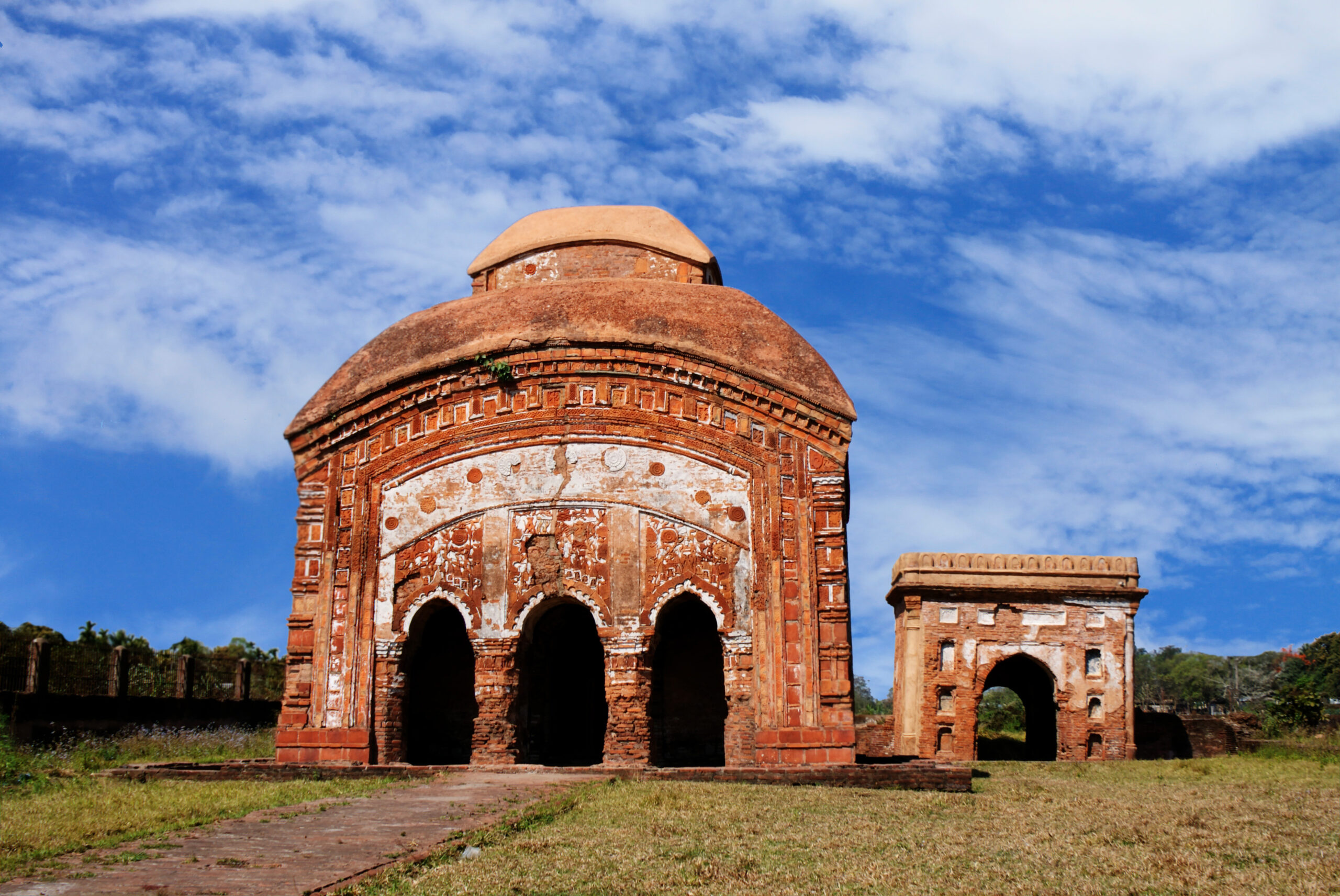
The Ghanashyam House is located in the Joysagar Tank’s southwest corner. During Swargadeo Rajeswar Singha’s reign, Ghanashyam was the well-known architect of Karengghar. It’s a small hut-style structure with terracotta decorations. The architectural blend of Hindu and Islamic religions distinguishes this structure.
RUDRASAGAR DOUL AND TANK
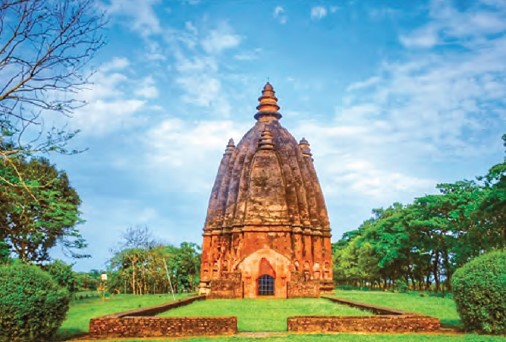
Rudrasagar Tank also known as Na Pukhuri. Swargadeo Lakshmi Singha excavated it in 1773. And the Shiva Doul was built by Swargadeo Lakshminath Singha (1769-1780) and opened during the reign of Swargadeo Gaurinath Singha.
GAURISAGAR DOUL AND TANK
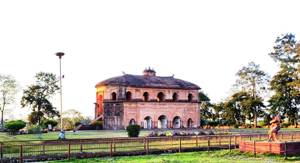
Queen Phuleswari built the Gaurisagar Tank on 400 bighas of land, with three temples on its north bank. Devi Doul is adorned with numerous sand stone sculptures, and the tank has become a popular winter destination for migratory birds.
NAMDANG SILA SAKU
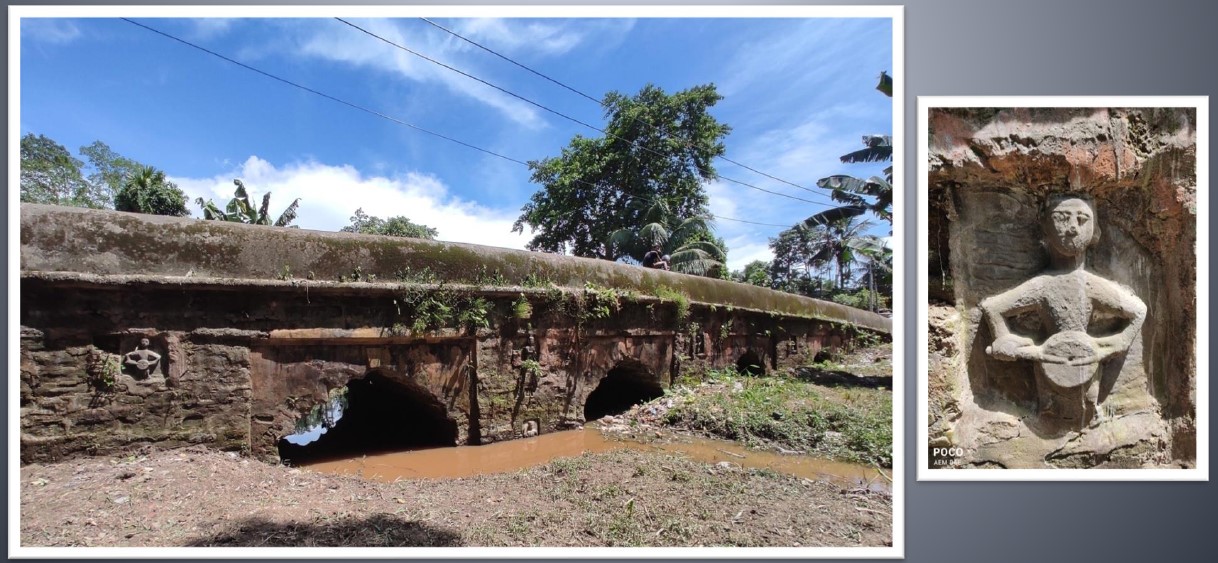
Namdang Sila Saku is a bridge made of solid rock that spans the Namdang River. It was built in 1703 by workmen brought from Bengal during the reign of Swargadeo Rudra Singha. It is a sturdy bridge measuring 60 meters in length and 6.5 meters in width.
It contains six culverts. Carrying thousands of vehicles as the Assam Trunk Road (NH37) passes over this bridge is undoubtedly a marvel of engineering technology from that period.
THOWRA DOUL
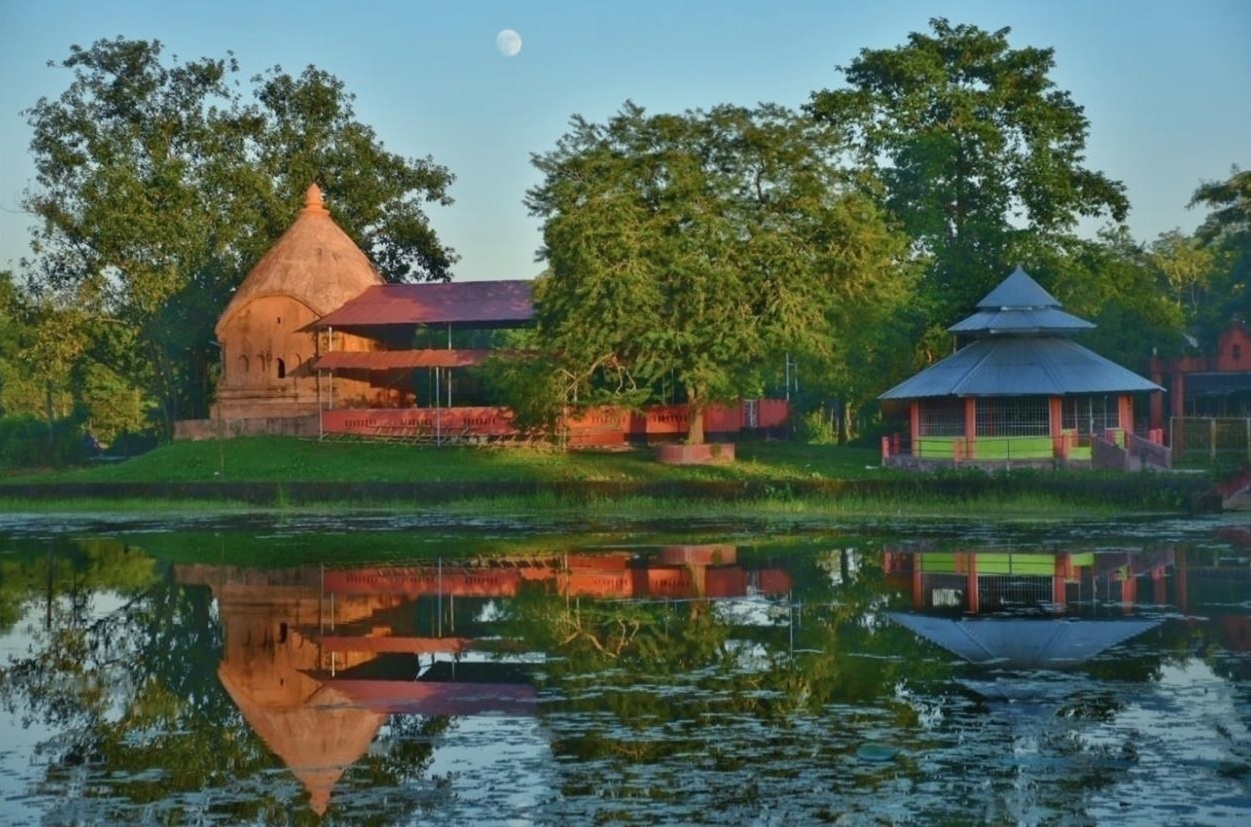
It bears the glorious history of Swargadeo Gadadhar Singha. Thow means a row of houses, and ra means Chutia Clan members. Here the King established those people who were expert in gold and silver works. This temple, located 10.0 kilometers from Sivasagar Town, was built between 1683 and 1685 A.D. by Alon Burha Dehingia Borbarua during the reign of Ahom Swargadeo Gadadhar Singha.
AJAN PEER DARGAH
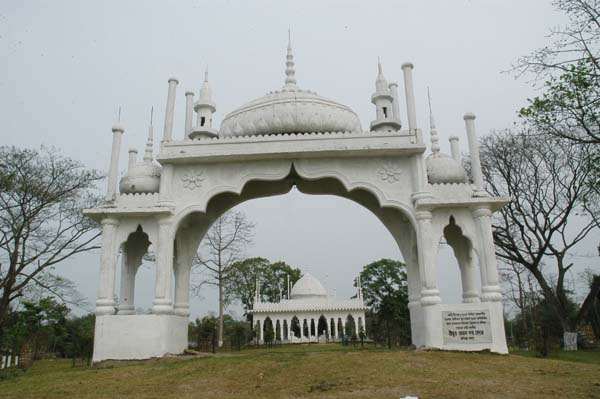
This sacred mausoleum was built in memory of Ajan Fakir, a well-known Muslim reformer and saint. In the 17th century, he arrived in North East India from Baghdad. He was instrumental in uniting the people of the Brahmaputra Valley and stabilizing Islam in the state of Assam. He is regarded as a legendary Sufi saint who composed many spiritual songs in the Assamese language known as Zikir.
RAMKHA PEETH DEVALAYA
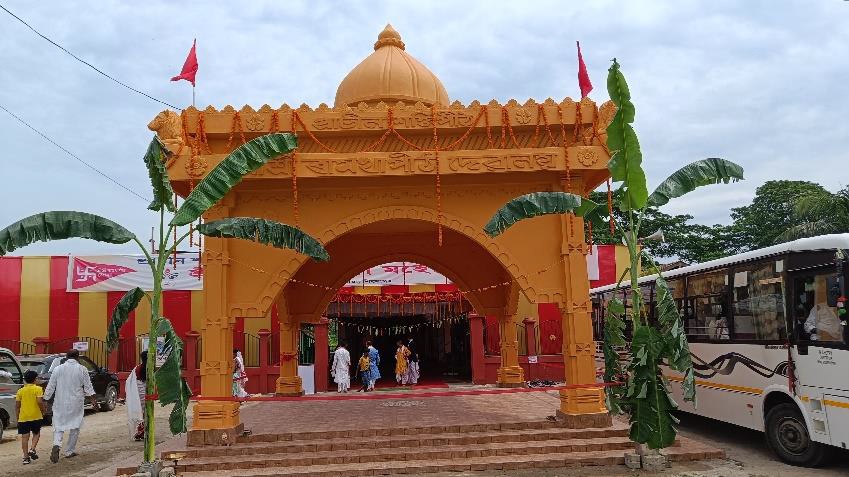
Ramkha Peeth Devalaya in Dikhowmukh continues the royal tradition of Durga Puja celebrations during the Ahom period. Legend has it that a piece of Sati Parvati’s body was felt on the spot where Ramkhapeeth Devalaya stands today, after it was cut into pieces by Lord Vishnu to appease Lord Shiva’s rage.
Before Ahom King Swargadeo Lakshmi Singha (1769-1780 AD) built the Peeth and patronized Devi Sati worship, the early inhabitants of this land were believed to offer prayers to the Goddess.
POA MECCA
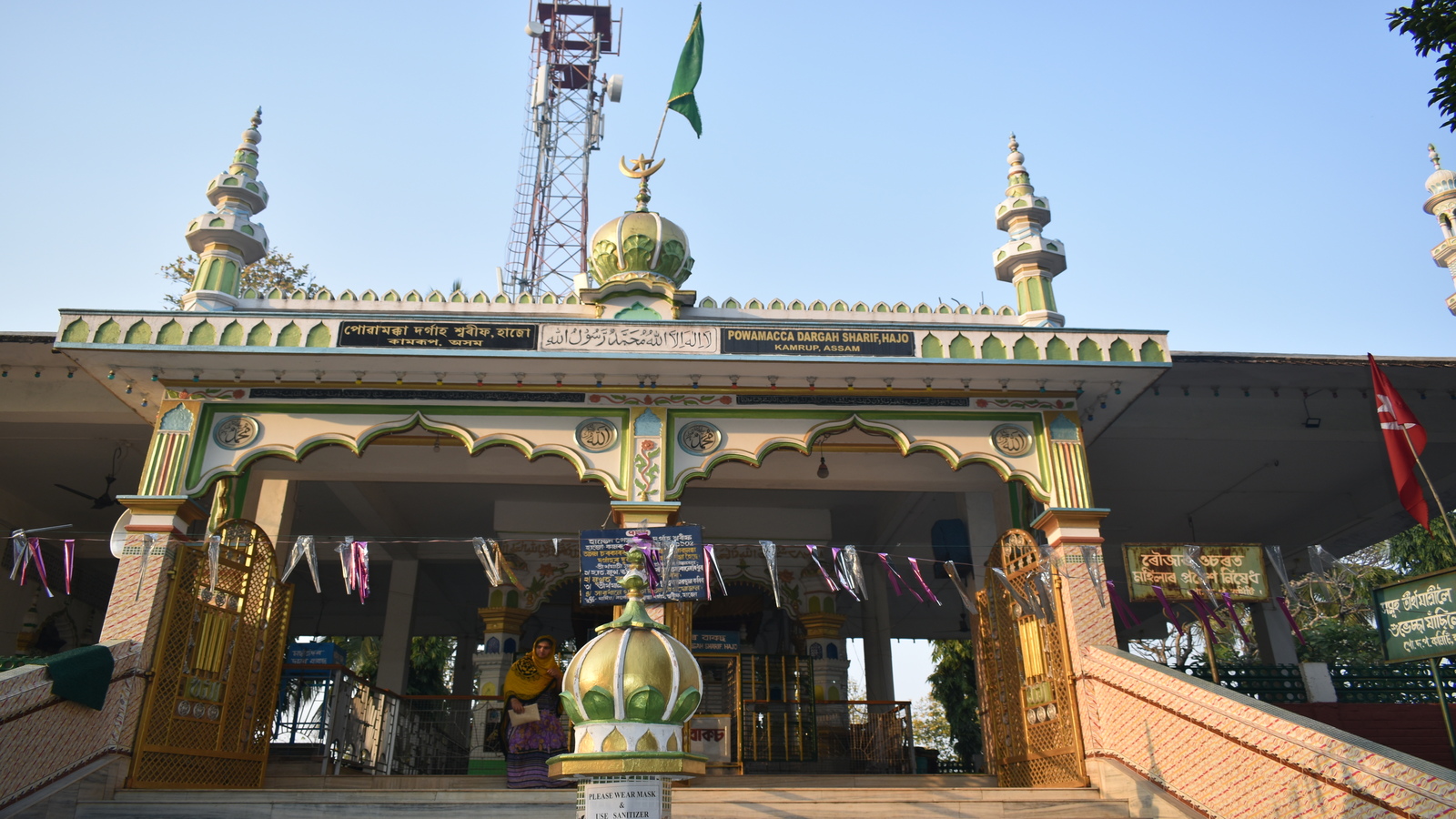
Located on the top of the Garurachal Hills at Hajo. Ghiyasuddin Auliya a Sufi saint have said to build the mosque. It is believed that he brought along with him sacred soil of Mecca, and mixed it with the soil of Hillock.
VISHNU DOUL
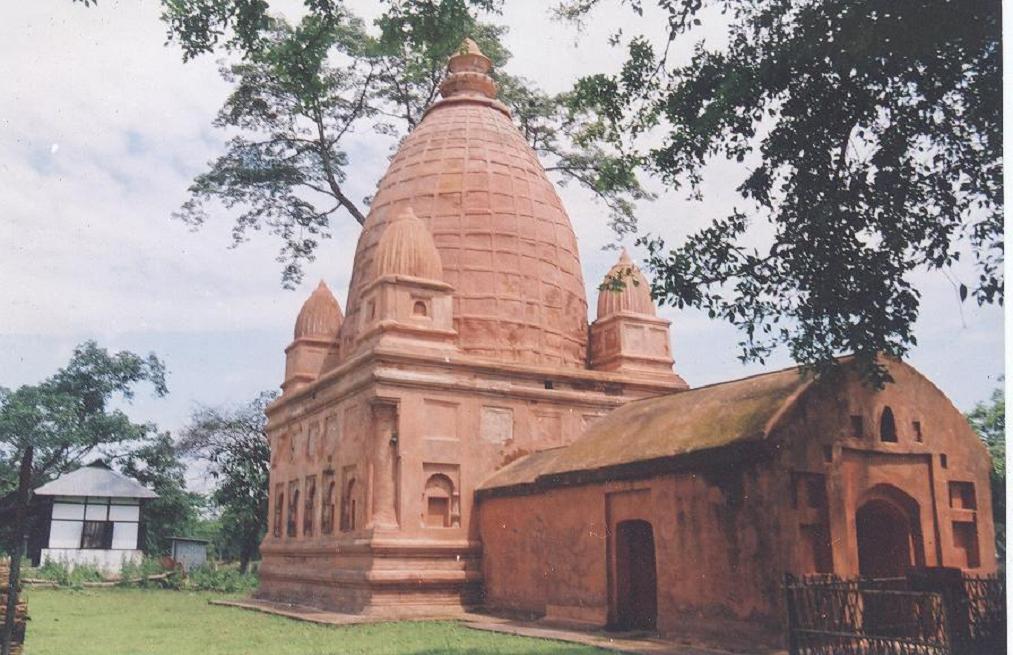
Vishnu Doul, a brick-built temple built in 1775 A.D. by Namatial Bhagati Barbarua during the reign of Swargadeo Gourinath Singha (1780 -1794), is located at Namti Ali, 18 kilometers from Sivasagar Town. The temple’s Sikhara is decorated with vertical and horizontal lines. These lines intersect at right angles to form ornamental patterns.
The temple’s walls are made up of wooden panels with native Assamese architectural designs. A brick-built enclosure wall surrounds the temple.
Read: Monuments of Assam in Ancient History
Download App:

